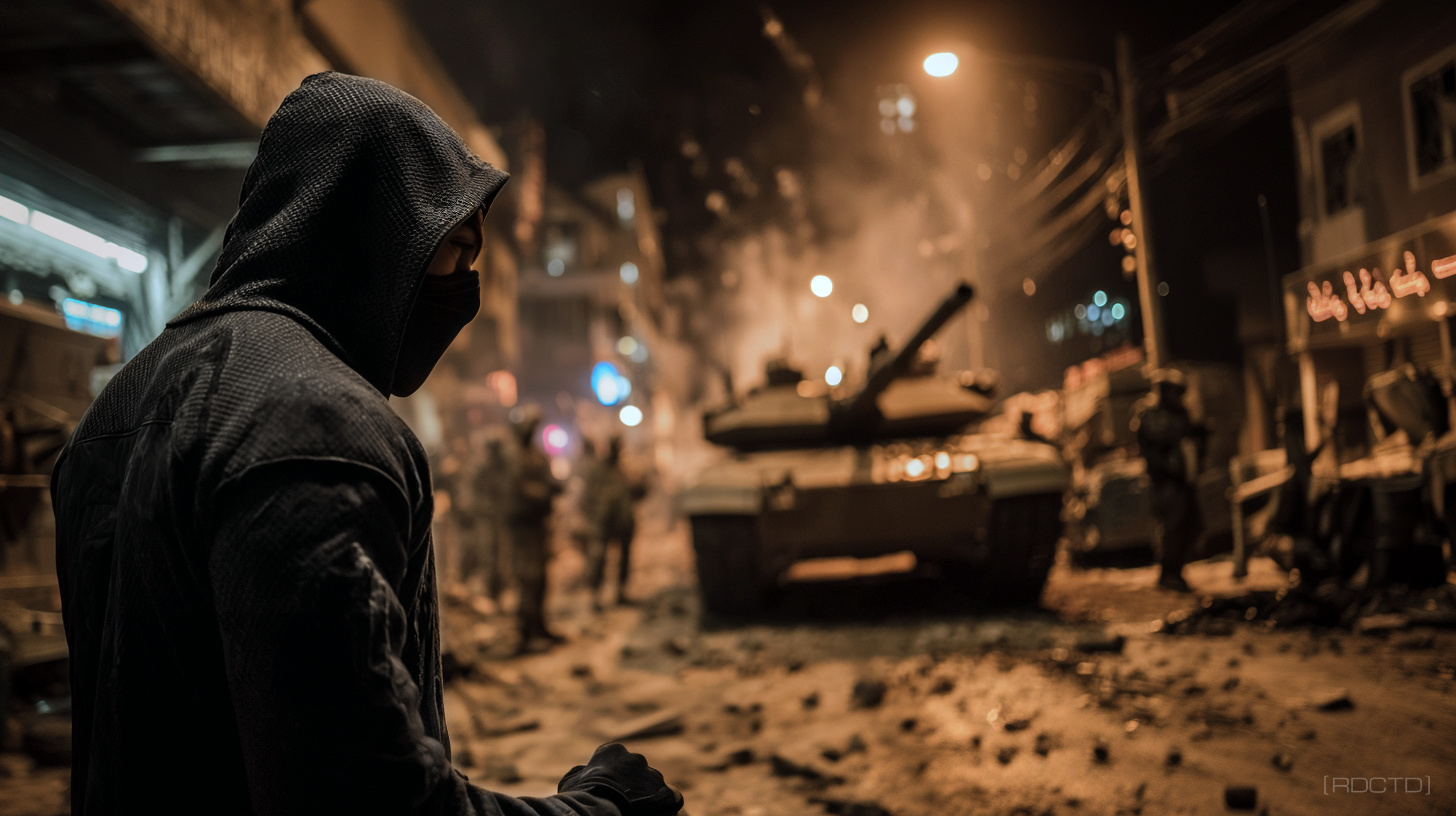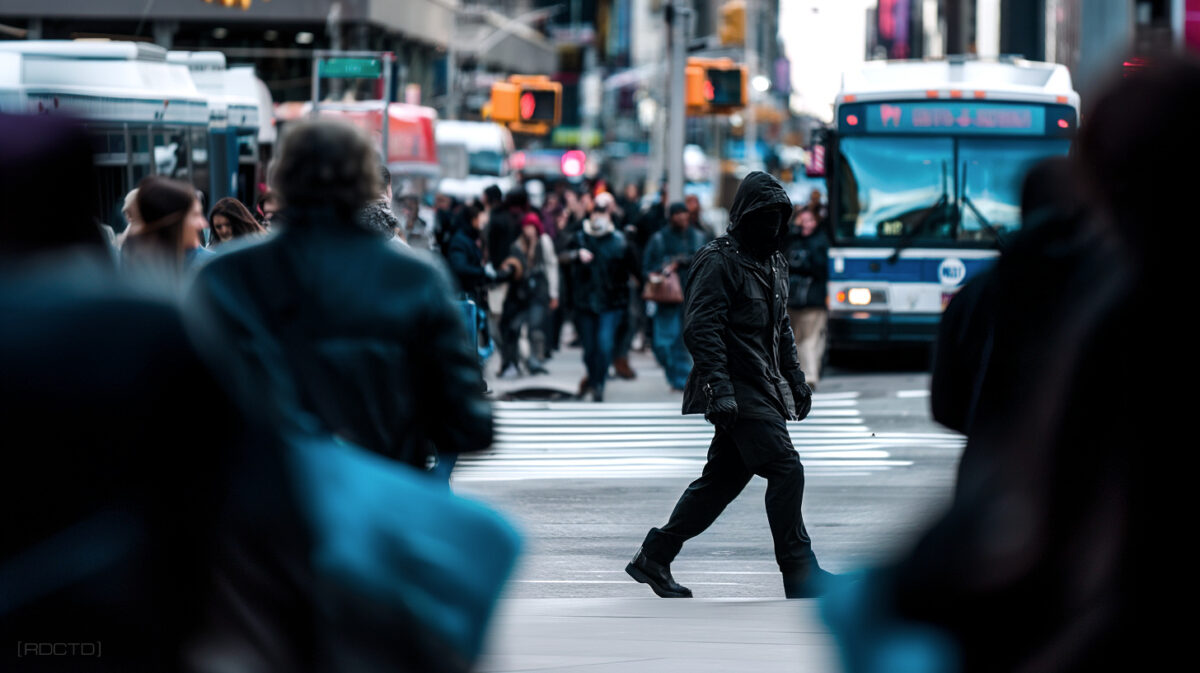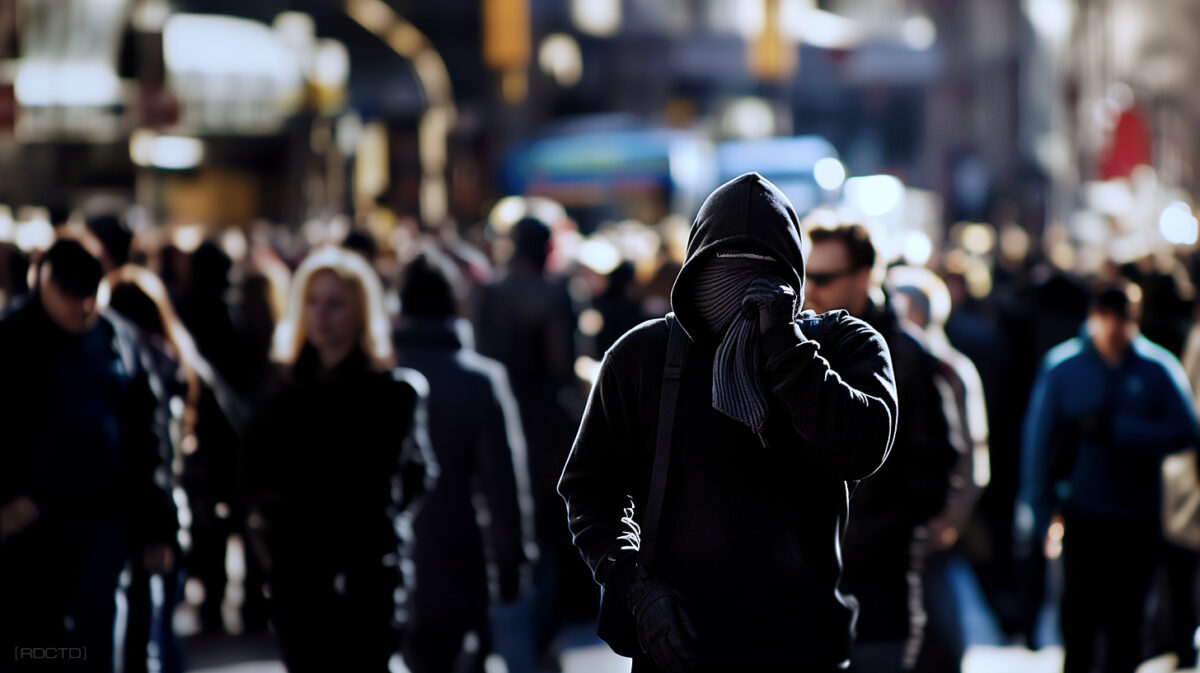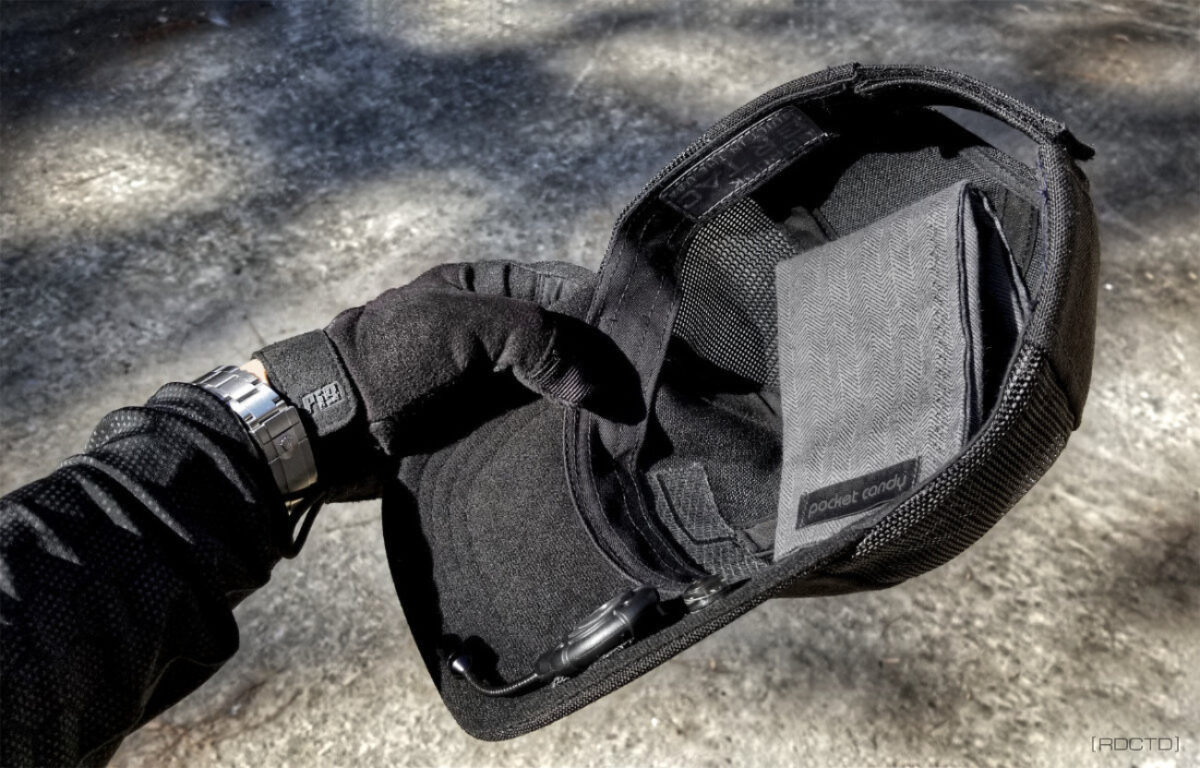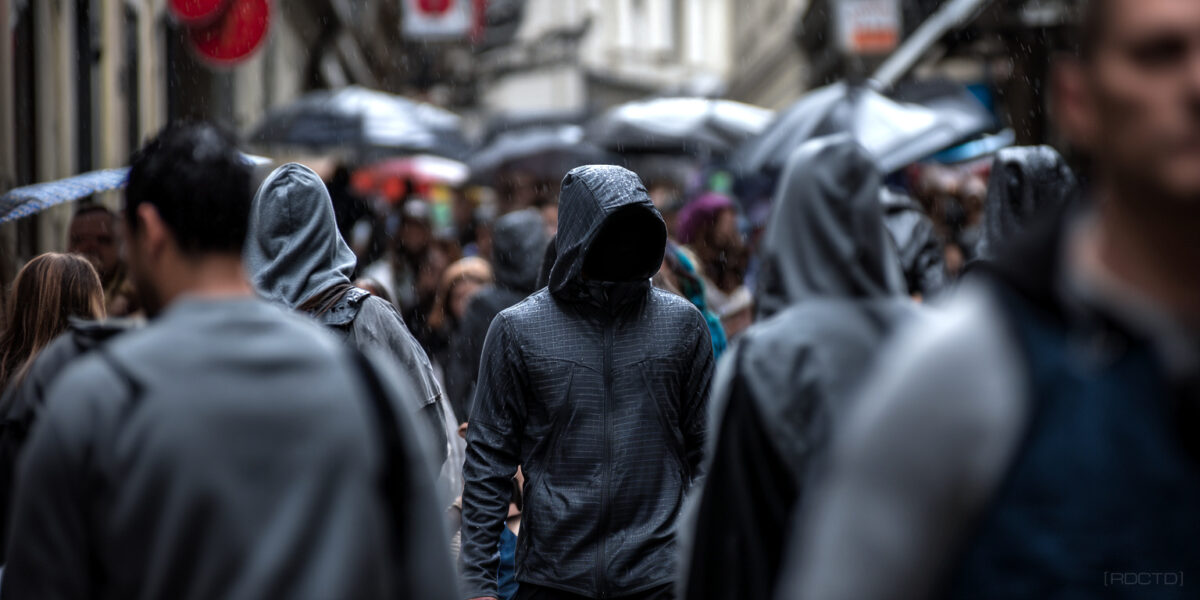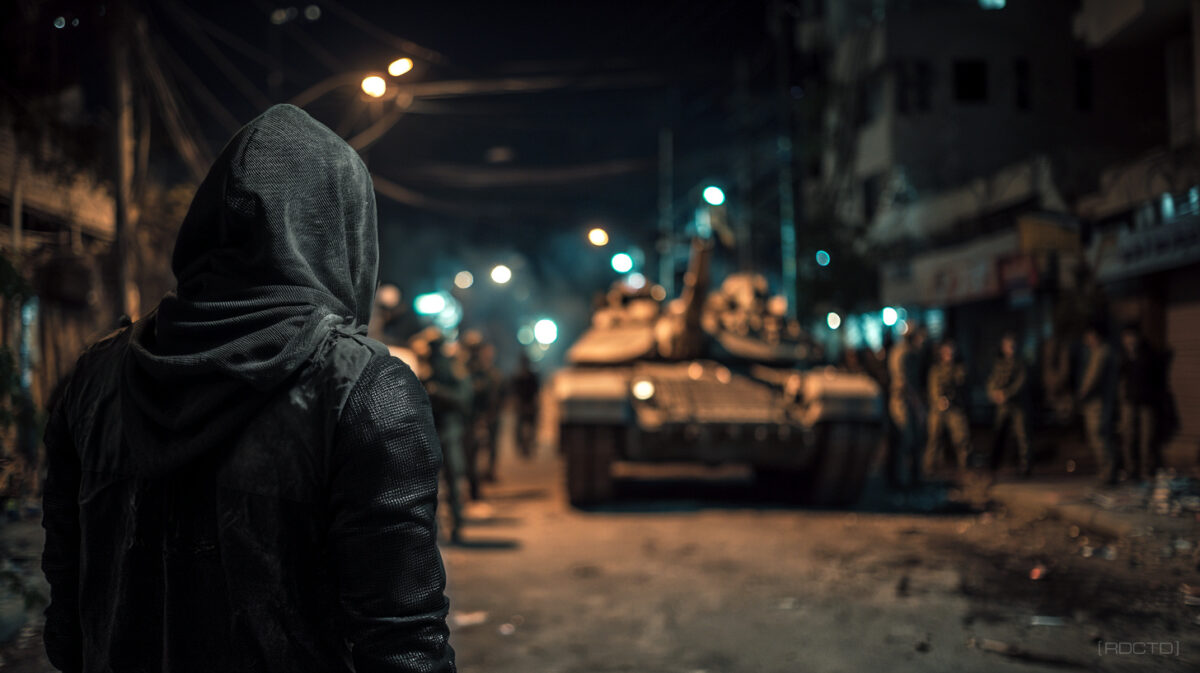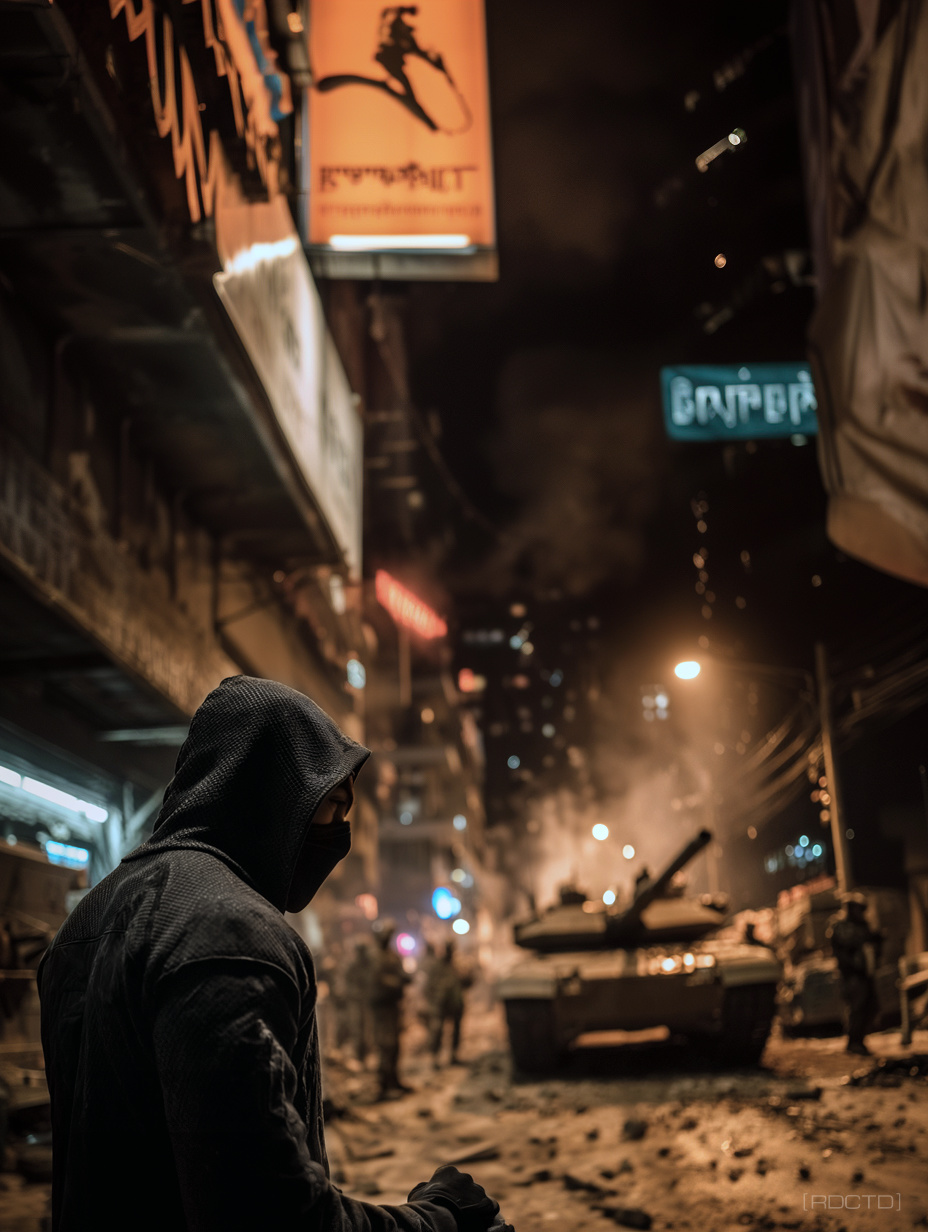 RPSS is a counter-surveillance and evasion tactic that fractures the recognition chain an observer builds when tracking you. Instead of disguises or statics, this is improvised and exploits the environment.
RPSS is a counter-surveillance and evasion tactic that fractures the recognition chain an observer builds when tracking you. Instead of disguises or statics, this is improvised and exploits the environment. Each toggle multiplies the observer’s uncertainty. A posture shift might cause doubt, but posture + silhouette + role change in sequence creates exponential recognition disruption.
The intent of Rapid Profile Signature Shift is to quickly alter how you’re perceived — your silhouette, rhythm, and behavior – so that the mental picture of “you” collapses in the observer’s mind. RPSS doesn’t aim for invisibility; it aims to create doubt, hesitation, and dissonance in whoever is following.
By fracturing recognition, you force the observer to question their own certainty, which slows down decision-making and coordination. Uncertainty propagates rapidly through a surveillance team, creating gaps in communication and eroding confidence in their ability to maintain contact.
Shift the Role // Observers remember behavior tied to social roles more than clothing. Transitioning from “commuter” to “tourist” or “loiterer” destabilizes continuity.
[ THE PRINCIPLE ]
![]()
Every observer builds continuity, the key is to break it. Your face is only one point – they’re mostly logging a profile signature: gait, posture, clothing cues, mannerisms, carried objects, and environmental interaction.
RPSS works by interrupting that continuity. You don’t exactly disappear, in the traditional sense, you become “someone else” in the observer’s perception. The trick is speed. Executed in seconds, it forces surveillance to reassess, often causing them to hesitate or lose contact entirely.
![]()
Continuity Break → fracture the recognition chain through rapid, layered changes.
When an observer can no longer connect your “before” and “after” appearance, their mental file on you collapses. Even seasoned surveillance teams are vulnerable to this because they rely on consistent markers to maintain visual contact.
![]()
Minimal Prep → use clothing layers, accessories, and posture – no bulky disguise kits.
The point is to blend RPSS into your natural movement without carrying obvious tools. By relying only on what you already wear or carry, you’re always equipped to execute, even under sudden compromise.
![]()
Mobility-Centered → done while moving, never requiring full stop or safehouse access.
This keeps you unpredictable, because motion itself becomes part of the disguise process. An operative who can shift appearance seamlessly in motion denies surveillance the stable moments they need to reestablish certainty.
![]()
RPSS is not vanishing. It’s deliberately eroding the confidence of anyone who thinks they’re tracking you. Once doubt enters the observer’s mind, their efficiency drops, communication stumbles, and the pursuit chain weakens. The break in continuity buys you time and space, and in covert operations, those are often more valuable than any physical disguise.
Layer, Don’t Overload // Stack two or three shifts at a time; too many changes at once can look theatrical. Subtle layering convinces the observer’s mind, overacting raises suspicion.
[ METHODOLOGY ]
![]()
RPSS uses a toolbox of micro-changes that, when combined, alter how you’re remembered. An observer tracking “a tall man in a jacket walking briskly” may suddenly face someone who appears shorter, slower, and distracted with a phone.
The physical target hasn’t changed, but the profile signature has – creating a phantom decoy affect, instead of a disappearance act. The strength of RPSS lies in stacking multiple toggles in rapid succession, overwhelming the observer’s ability to reconcile their mental image with what they now see.
![]()
Primary Toggle Types:
• Gait Change – Smooth, confident stride → hurried steps, or relaxed saunter. Gait is one of the most distinctive human signatures, often more memorable than clothing. By altering it, you distort the subconscious marker observers use to tag you in a crowd.
• Jacket Off/On – Collapsing or expanding your silhouette has a dramatic effect on recognition. A bulky upper body suddenly appearing slim (or the reverse) destroys the mental “outline” an observer was tracking. It’s one of the fastest ways to create a visual mismatch without carrying extra gear.
• Headwear Swap – Putting on a hood, removing a hat, or adjusting hair instantly shifts facial framing. Headwear controls how much of your head and face is visible, which in turn changes how memorable you are. A single motion of lifting or lowering headwear can make you seem like an entirely different individual.
• Posture Shift – A slouched commuter versus an upright professional are perceived as different people. Posture signals role and intent, both of which heavily influence memory. By shifting posture mid-route, you reframe your entire “persona” to anyone watching.
• Walking Speed – Moving quickly suggests urgency; slowing down makes you fade into background flow. Surveillance teams rely on pace to predict and intercept movement – altering it forces them to recalibrate in real time. In dense environments, even a 15% change in speed can cause a tail to overshoot or hesitate.
• Mannerism Adjustment – Confident, purposeful gestures replaced with distracted, unfocused behavior alter your perceived role. Small changes (checking a phone, scratching your chin, fiddling with a sleeve) create a different impression of who you are. Since people remember behaviors as much as faces, shifting mannerisms rewrites how you’re logged in memory.
![]()
An operative doesn’t need to use all of these toggles at once. The power comes from layering two or three strategically depending on opportunity and terrain. One change grabs attention, two cause hesitation, and three or more force a complete break in recognition. RPSS thrives on rhythm: the smoother the sequence, the more convincing the shift.
Control the Silhouette // Your outline is the first thing observers track, not your face. A single change – jacket off, sleeves rolled, backpack adjusted – reshapes the entire profile.
[ EXPANDED TECHNIQUES ]
![]()
Advanced RPSS isn’t limited to surface-level adjustments like clothing. The most effective shifts blend behavioral toggles with environmental interaction.
Humans remember not just how someone looks, but how they behaved in context. By deliberately altering both, you erode the mental continuity an observer is trying to maintain.
![]()
Additional Shifts:
• Hand Occupation – Going from free hands to carrying a bag, coffee, or phone changes your functional silhouette. Observers subconsciously track what’s in your hands – it’s one of the easiest continuity markers. Even a small change, like pocketing a visible object, forces them to reevaluate whether they’re still looking at the same target.
• Facial Expression Shift – Most people underestimate how much expressions anchor memory. A serious individual suddenly smiling or a neutral face turning stern creates a jarring mismatch. Surveillance operators often log “expression + clothing” together – altering one of those destabilizes the whole profile.
• Eye Contact Change – Avoiding eye contact signals detachment; suddenly scanning faces or making brief glances projects engagement. This subtle change alters perceived confidence, mood, and intent. An observer who thought they were tracking a passive subject is now faced with an active, searching persona.
• Interaction with Environment – Pausing at a storefront, checking your watch, or pretending to read signage shifts your role in the environment. A “moving commuter” suddenly becomes “a shopper” or “a tourist.” Surveillance loses continuity when your social role changes because their mental file no longer matches behavior.
• Body Rhythm Adjustment – Stillness versus fidgeting, or controlled vs. exaggerated arm swings, makes the body read as a different type of person. Rhythm is subconsciously memorable – an observer might recall “the guy who moved fluidly” but lose you entirely once you adopt a disjointed rhythm.
• Silhouette Alteration – Rolling up sleeves, zipping a jacket, loosening a tie, or adjusting backpack straps reshapes the body’s outline. Humans identify others by silhouette first, details second. Altering your frame mid-route undercuts the strongest recognition anchor an observer has.
![]()
Each of these techniques is small on its own, but together they’re decisive. Surveillance loses you when their confidence erodes. They hesitate, second-guess, and sometimes drop contact entirely. RPSS exploits this moment of doubt, giving you the edge to break free or maneuver into a safer position.
Manage Rhythm // Pace, posture, and arm swing create a recognizable “signature.” Break that rhythm and you force surveillance to mentally reset their lock on you.
[ APPLICATION MODES ]
![]()
RPSS can be executed in two primary modes depending on scenario, exposure, and terrain: the Hard Break and the Soft Drift. Both methods achieve the same end – fracturing recognition continuity.
However, the approach differs based on whether you have temporary concealment or must remain in plain view. An operative should be comfortable transitioning between both modes, since urban environments shift rapidly.
![]()
All at Once (Hard Break):
A Hard Break is executed when you have momentary concealment from an observer’s direct line of sight. Such as stepping behind a bus, turning a blind corner, or entering a restroom. In this short window, you layer multiple profile signature changes simultaneously.
A Hard Break is the cleanest way to “reset” your appearance, but it relies on environmental opportunities that may not always be available. Operatives must be trained to spot and exploit cover points instinctively.
![]()
Gradual (Soft Drift):
A Soft Drift is applied when you must stay in sight of surveillance. Such as in a shopping mall, airport concourse, or crowded street – where you cannot risk sudden, noticeable shifts. Instead, you change incrementally, bleeding one persona into another until the observer’s certainty erodes.
A Soft Drift requires patience and discipline. It’s less about basic speed and more about controlled execution and precise timing, where the cumulative effect creates the break in recognition.
![]()
A clean RPSS sequence may start as a Soft Drift in open visibility, then pivot to a Hard Break the moment cover presents itself. Training should focus on blending both modes so you can fluidly adapt, maintaining pressure on surveillance teams while keeping your profile unstable.
Alter Hand Dominance // Carry objects in your left hand, then switch to your right, or vice versa. Surveillance tags “the guy with the bag on the left side” – change it, and you cut the thread.
[ FINAL ]
![]()
The point of RPSS is not to trick cameras or eyes, but to exploit human psychology. Witnesses and surveillance operators remember signatures, not details.
By fracturing that profile on the move, you create hesitation and gaps in their chain of recognition – delaying to destroying their ability to track. That can be decisive – long enough to double back, enter a new stream of foot traffic, or pivot to an exfiltration route.
In practice, a trained operative should think in terms of silhouette shifts, behavioral toggles, and environmental cues. Mix one from each category within a few seconds, and you’ve achieved an effective Rapid Profile Signature Shift.
![]()
// Surveillance operators can only track 3–5 identifying markers at once under stress. By altering multiple markers rapidly, you overload their cognitive bandwidth, causing tracking errors.
[INFO : The ‘Ghost’ Directive]
[OPTICS : Covert Operative Evading Enemy Soldiers]
![[RDCTD]](https://rdctd.pro/wp-content/uploads/RDCTD-Covert-Operative-Tradecraft-Guide-LOGO-tk.png)
![[RDCTD]](https://rdctd.pro/wp-content/uploads/RDCTD-Covert-Operative-Tradecraft-Guide-LOGO-mobile.png)
